SAP controls output determination using condition technique. Outputs can be triggered manually or automatically in the sales document. Automatic determination requires maintenance of output condition record. Print programs and layout sets control content which should be displayed in the output. Output type controls Medium (Like Print, Fax, EDI), Time of sending the output –e.g.immediately or in a batch, Which partner function of Business partner it can be sent, Language & Criteria for which output condition record can be maintained for automatic output determination.
Output type is a medium using which Business communicates with its business partners during sales order processing like Order Confirmation / acknowledgement, Delivery note, Packing list & Invoice.It offers flexibility of changing the key controls in the Sales documents like If order confirmation for a customer is scheduled to be printed in a batch but the customer wants it immediately then time of dispatch control can be changed in the sales order.
Condition technique
Output determination procedure is determined on the basis of sales document type (sales order type, delivery type, billing type). Standard output determination procedure for sales order (OR), Delivery (LF) and Billing (F2) is V100000. Output procedure contains output types,which can be processed when that sales document is created. One document can have >1 output types like Delivery note and Packing list in delivery.
The Output Determination component offers output functions to help manage sales transactions with customers and within an organization. Employees can send and receive output. Output is directly linked to the corresponding sales transaction like sending an order confirmation via EDI as soon an order is created.
Components and Procedure
- Condition Tables
- Output Types
- Access Sequences
- Assignment of Messages to Partner Functions
- Procedures
- Procedure Assignments
Condition Technique refer to the method by which the system determines output/pricing from information stored in condition records. In SD, the various elements used in the condition technique are set up and controlled in Customizing. The components of condition technique are:
- Condition Tables: A condition Table consists of one or more condition keys and a data part. The condition keys can be selected according to the data combination for which a message is to be found. The keyfields come from the field catalog. Do not change any standard Condition tables. If needed new condition tables are to be created. Copy an existing condition table and make the necessary changes. Choose the name between 501 to 999. Enter a description for the condition table. Select the desired fields from the field catalog. Generate the table. Specify the condition tables in the access sequences.
- Output Types: It represents different outputs such as Order Confirmation, delivery notes and etc.. Assign it to the access sequence. Provide a description Detailed data – Output Type, Time, Partner Function, Condition Access, Print Parameters. Do not change the existing types, copy them and change instead.
- Access Sequences: Is the search strategy which the system would use to search for condition records valid for a condition type. Has to be a four digit alphanumeric name which is unique.
- Procedures: It defines the Condition Types and the Sequence that it should be processed.
- Procedure Assignments: Finally the Output Procedure is to be attached to the Sales document.




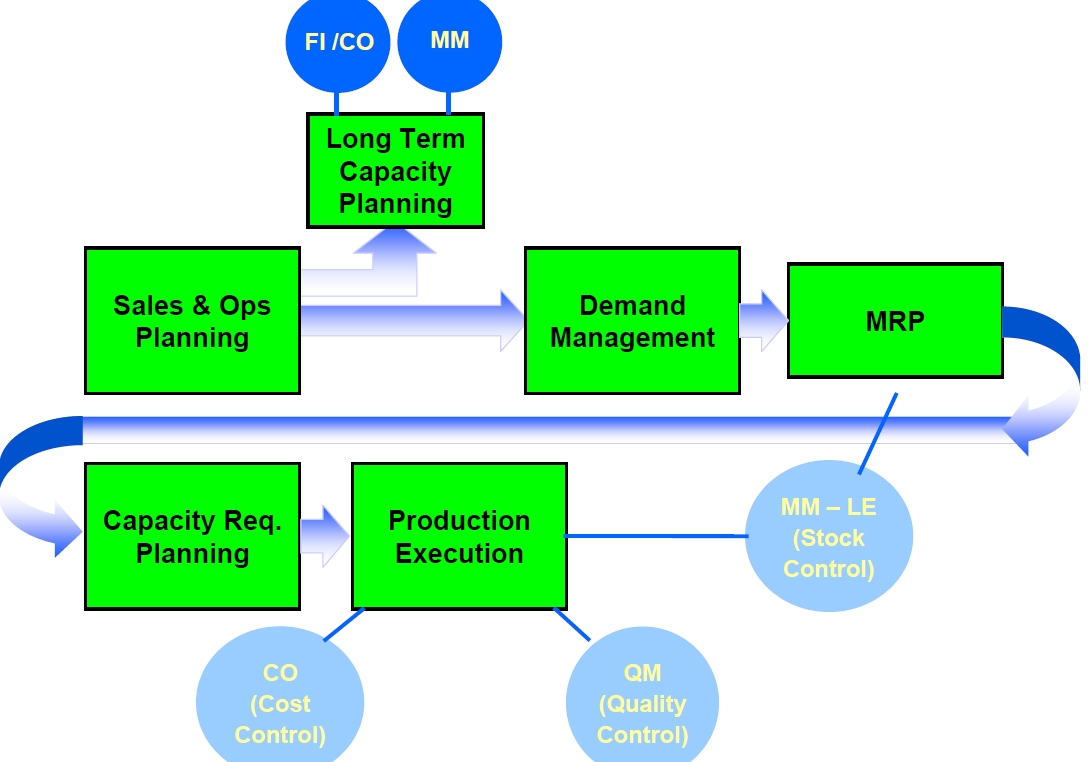

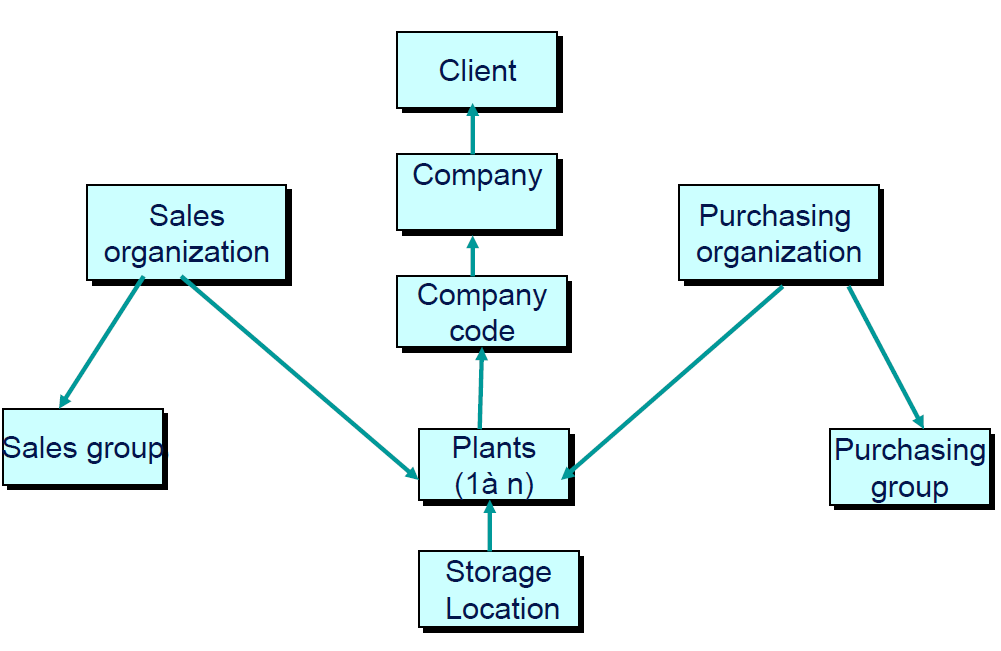
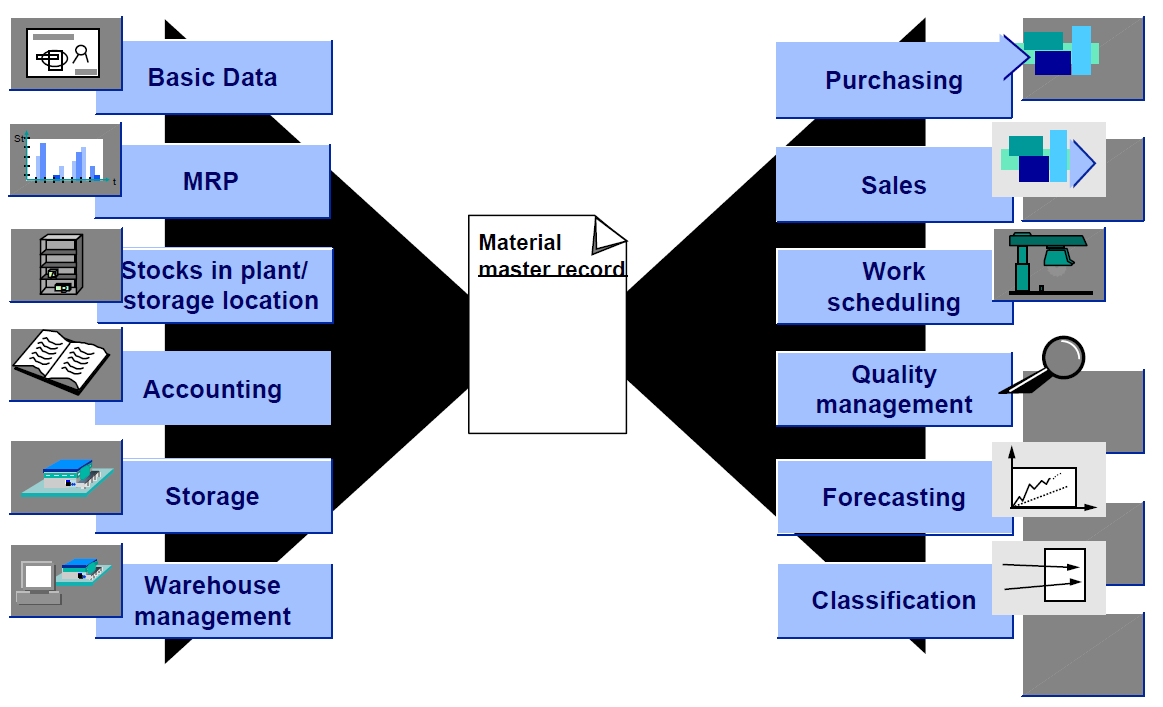
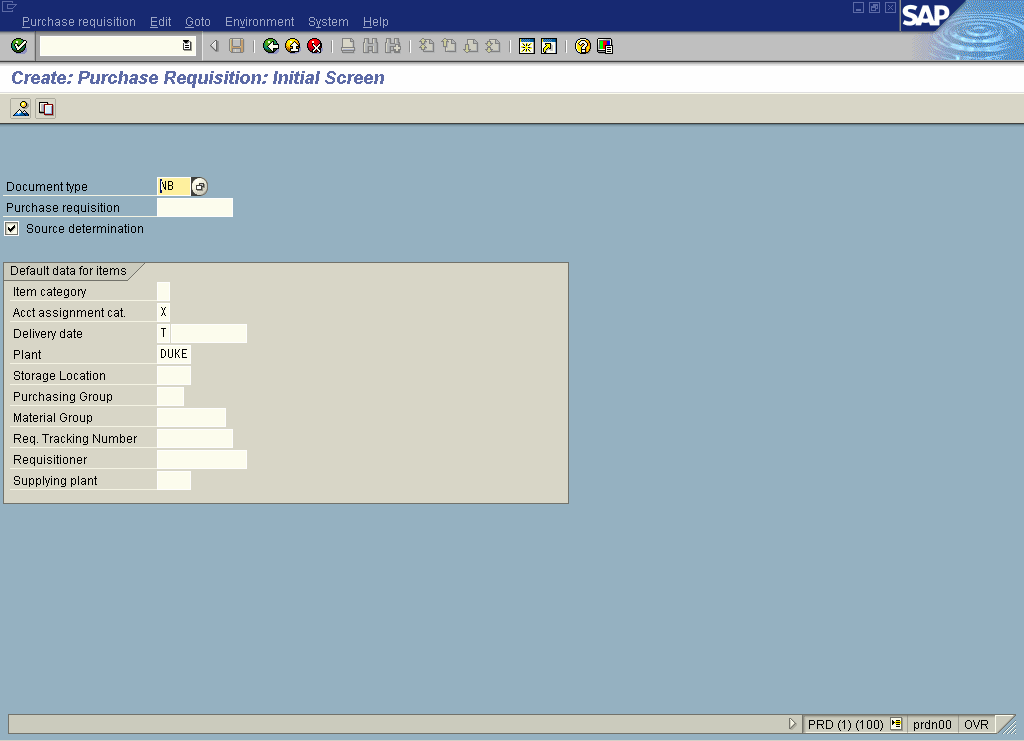
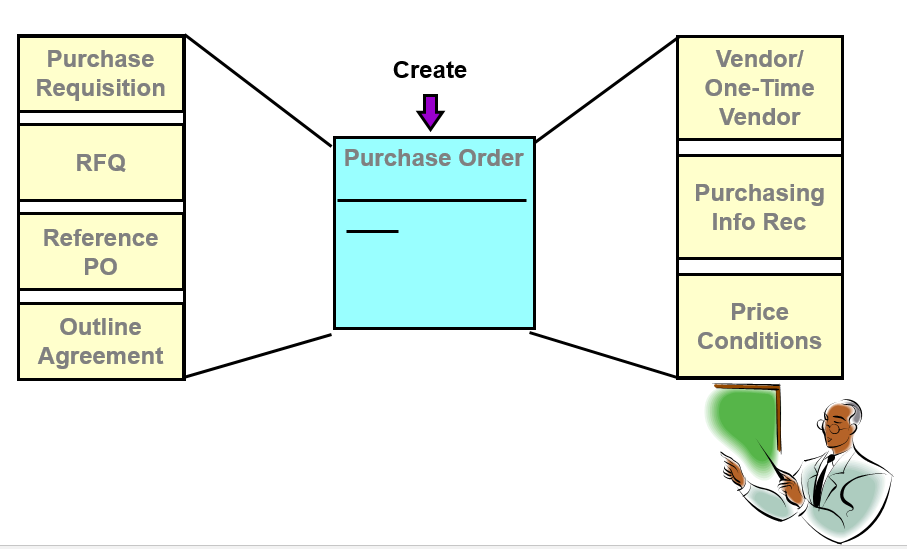
Leave a Reply